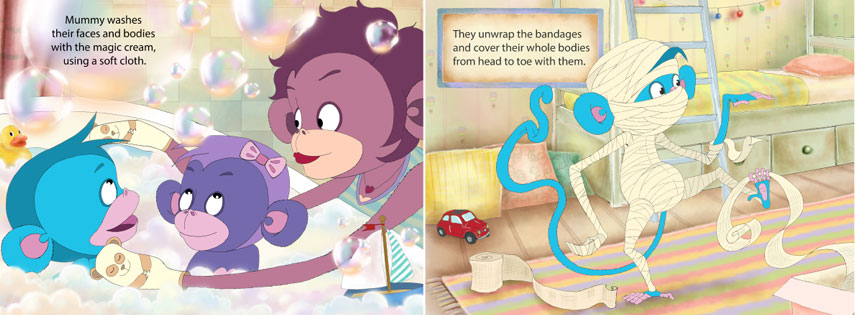Bath time magic:
- Quick bath – Having a daily bath helps with your child’s itchy skin, but only for 5 minutes max and ensure there is an emollient or oily bath additive in the water. Bathing keeps the skin free from crusts and scales which helps prevent infection.
- Magic cream – emollient ointments added to bath water to soften it. Soap and bubble bath should be avoided, they can irritate the skin. Emollient therapy is a crucial part of your treatment plan for your child. They are safe and can be used frequently. Firstly, they should be used as a moisturiser, twice or three times daily all over. They should be applied gently in the direction of the hair to avoid irritating hair follicles. Secondly, they should be in used in place of soap and finally, they should be added to the bath water.
- Bath temperature – very warm water dries out the skin faster than lukewarm water so make sure that your child’s bath water is not too hot.
- Soft cloth – ensure it is made from 100% cotton and is replaced regularly – if area is infected replace with each wash and wash at a high temperature to ensure all bacteria is killed.
Doctor visits are fun:
- Filaggrin – Filaggrin is a highly abundant protein expressed in the outer layers of the skin. It has multiple functions including hydration of the skin. New research shows that filaggrin mutations may be a risk factor for eczema and allergies and can be passed on genetically.
- Genetics – how the characteristics of living things are transmitted from one generation to the next
- Bandages – Paste bandages contain emollient and other helpful things such as coal tar and calamine while wet wrapping combines a dry outer bandage and a wet inner bandage over a layer of emollient and sometimes a topical steroid. Bandaging helps the skin absorb the emollient better, reduces itchiness and makes the skin more comfortable.

